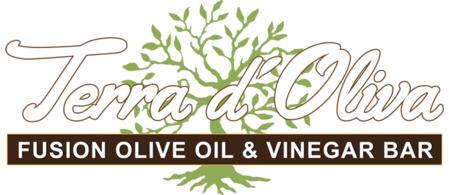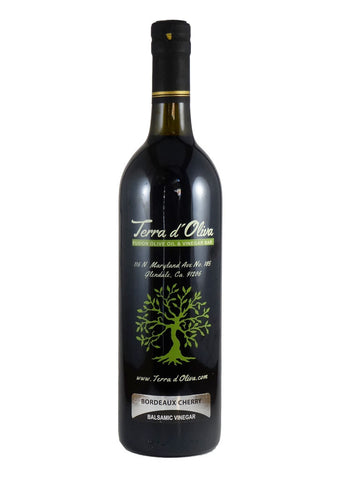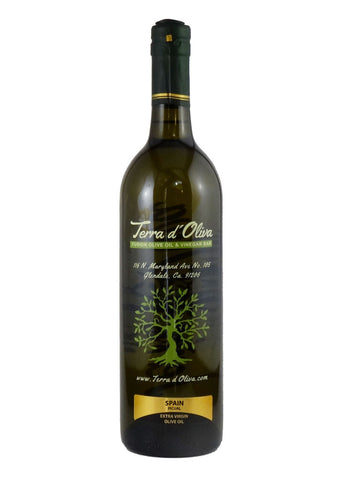Terra d’Oliva is happy to introduce our amazing Natural Pure Raw Honey to our customers. We currently are exclusively working with Local honey produced by our hardworking Honey Bee friends here in the Local La Canada and Glendale Mountains, Central Coast Valleys as well as the Central Valley’s of California.
Terra d’Oliva prefers to label its Honey as Natural Pure Raw Honey instead of Organic as many falsely do. Our goal as it is with all of our Brand is to educated our customers in regards to all of our products. More information is below under “Is it Really Organic”.
Honey is honey, it’s just that simple. A bottle of pure honey contains the natural sweet substance produced by honey bees from the nectar of plants or secretions of living parts of plants.
When scientists begin to look for all of the elements found in this wonderful product of nature, they find a complex of naturally flavored sugars as well as trace enzymes, minerals, vitamins, and amino acids.
Honey is made by bees in one of the world’s most efficient facilities, the beehive. The 60,000 or so bees in a beehive may collectively travel as much as 55,000 miles and visit more than two million flowers to gather enough nectar to make just a pound of honey!
The color and flavor of honey differ depending on the bees’ nectar source (the blossoms). In fact, there are more than 300 unique kinds of honey in the United States, originating from such diverse floral sources as Clover, Eucalyptus and Orange Blossoms. In general, lighter colored honeys are mild in flavor, while darker honeys are usually more robust in flavor.
Is it Really Organic?
Honey is floral nectar cooked down into a thick carbohydrate soup. How many flowers are needed to make honey? Alot more than most of us can easily comprehend. To survive a year, a single colony brings in about 250 pounds of nectar- an astounding weight for a small insect. It's not as though individual flowers are generous with nectar, either. Most yield just the smallest of droplets. A standard jar of honey requires bees to make a million flower visits. A colony might produce 50 to 100 such jars per year.
Thus, a colony's foragers cover a staggering amount of territory. Because bees are furry, statically attractive little animals (useful for pollen collection), their bodies readily gather all sorts of environmental particles. Any agrochemical applied anywhere within a colony's extensive reach can end up back in the hive. Since beekeepers don't own the tens of thousands of acres surrounding their hives, they have no control over what their bees are bringing home.
Organic honey isn't impossible. It's just beyond of the ability of most beekeepers. Bee yards situated in isolated spots deep in the Adirondacks, or mountain valleys in sparsely-populated New Mexico, can probably pull off honey free of agrochemicals. Most beekeepers operate within a bee's flight of pesticides, however, making "organic" honey an illusory proposition.
An organic beekeeper who refrains from chemical pest control and situates her hives somewhere off in the wilderness is still going to have traces of pesticide contamination unless she also abstains from using the omnipresent (and very useful) wax starter foundation.
Certainly some of the honey labeled as "organic" may actually lack pesticide traces.



